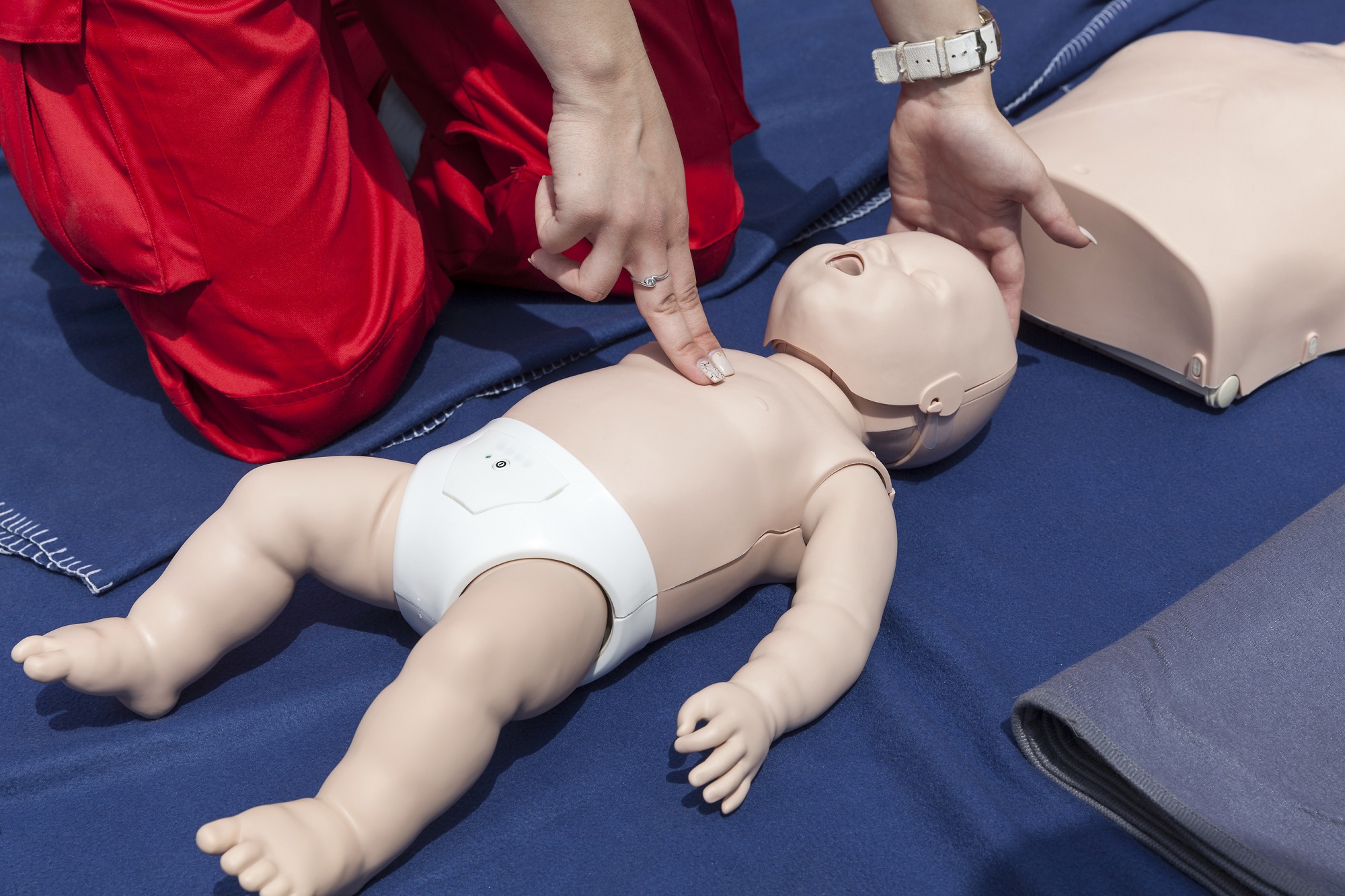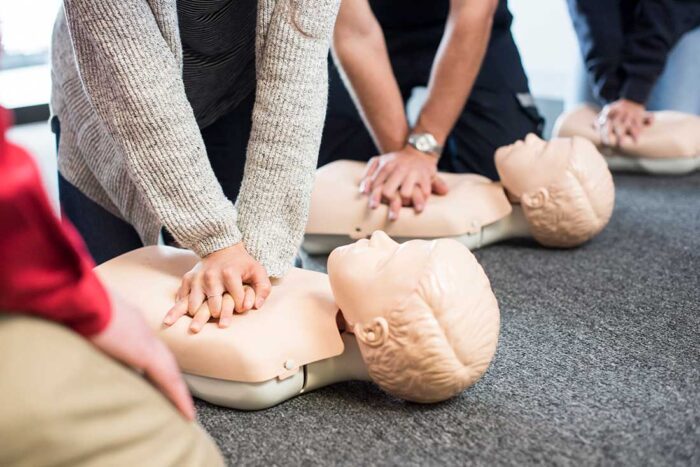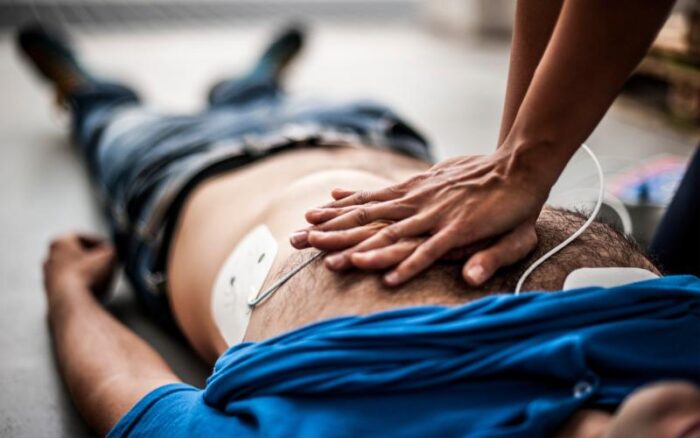
Childcare providers play a crucial role in the development and well-being of young children. Whether it’s a daycare center, preschool, or even a babysitter, the responsibility of caring for kids comes with the inherent duty of ensuring their safety.
One essential aspect of this responsibility is being trained in CPR and first aid. This step-by-step guide outlines the process of obtaining certification in these life-saving skills.
1. Recognizing the Importance of CPR and First Aid Training

The unpredictable nature of accidents and emergencies demands that kids’ providers are equipped with the knowledge and skills to respond swiftly and effectively.
CPR (Cardiopulmonary Resuscitation) and first aid training empower caregivers to provide immediate assistance during critical moments, potentially saving a child’s life.
2. Identifying Reputable Training Programs
When seeking CPR and first aid training, it’s vital to choose a reputable and accredited program. Look for organizations that offer certified training courses tailored to child care providers.
You can find valuable resources and information about certified training courses specifically designed for kid care providers at https://cprcertificationnow.com.
3. Enrolling in the Course
Enrollment procedures may vary depending on the training provider. Many organizations offer both in-person and online courses to accommodate different schedules.
The courses typically cover topics like CPR techniques for infants and kids, choking relief, basic wound care, and recognition of common youth emergencies.
4. Participating in Training

The training itself is a hands-on and informative experience. Certified instructors guide participants through various scenarios, providing demonstrations and practical exercises to ensure participants grasp the techniques and procedures.
Realistic simulations help childcare providers feel more confident and competent in their abilities.
5. Mastering CPR for Children and Infants
Childcare providers must learn age-specific CPR techniques as children’s bodies are different from adults.
Techniques for infants, such as two-finger chest compressions, differ from those for older kids. Proper hand placement and compression depth are vital skills to ensure effective resuscitation.
6. Learning First Aid for Common Childhood Injuries
From cuts and bruises to allergic reactions, childcare providers need a solid understanding of first aid techniques for a range of situations. Learning to manage minor injuries and respond to potential hazards ensures a safe environment for children.
7. Demonstrating Proficiency

Most training courses require participants to pass a final assessment to demonstrate their proficiency in CPR and first aid techniques.
This assessment often includes practical scenarios where participants must perform CPR, address choking, and administer first aid appropriately. After this, you will be getting your certificate that vouches that you have successfully completed the training.
Conclusion
Certifying childcare providers in CPR and first aid is a paramount step toward ensuring the safety and well-being of the kids under their care. Equipped with these essential skills, caregivers can respond confidently and effectively in times of crisis, potentially making all the difference in critical situations.
By following this step-by-step guide and committing to continuous learning, childcare providers can contribute to a safer environment for the children they serve.














